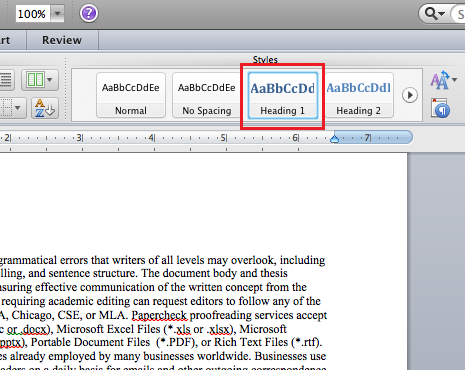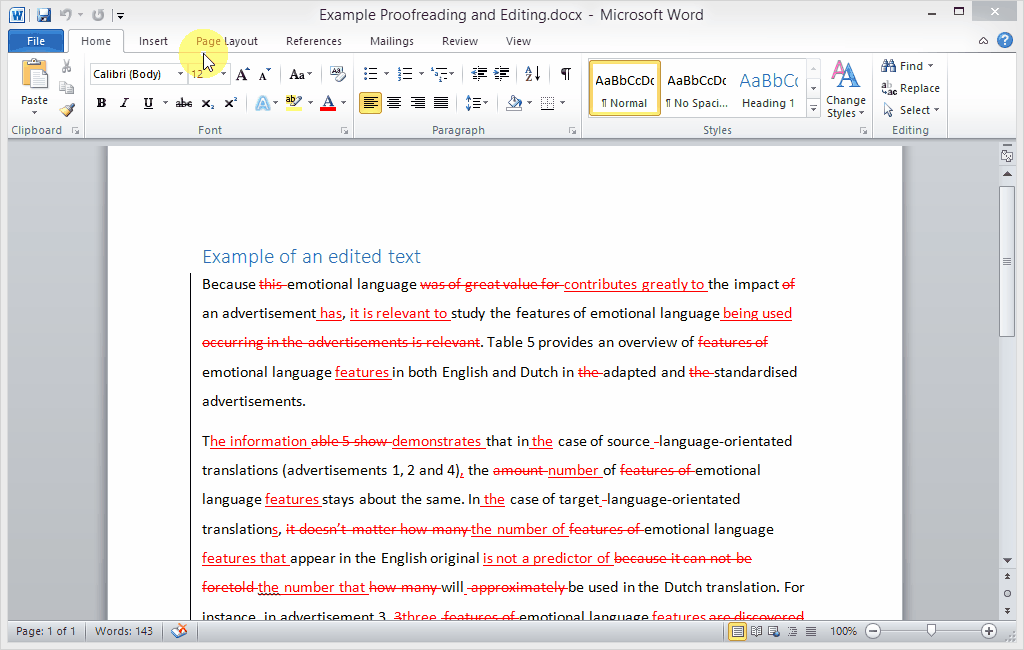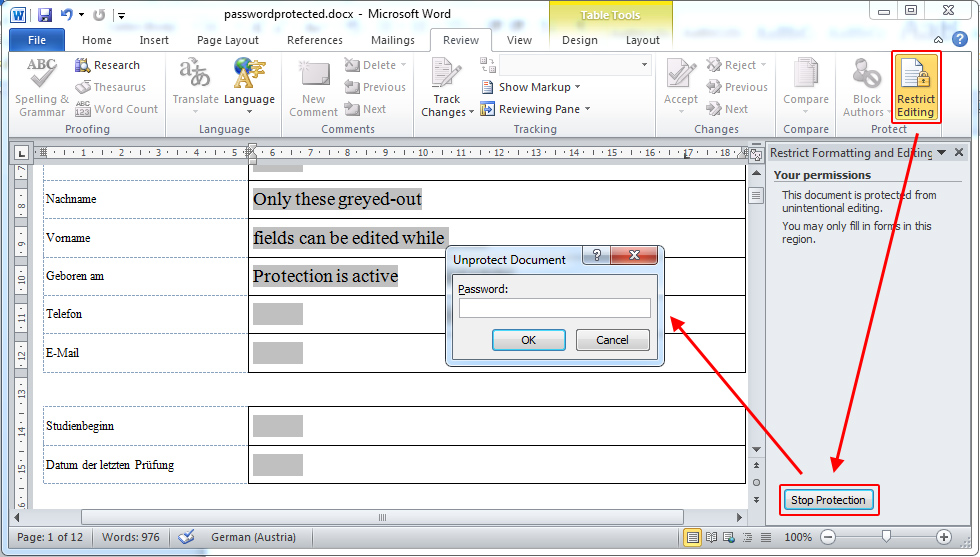
- USING TRACK CHANGES WITH WORD FOR MAC 2010 HOW TO
- USING TRACK CHANGES WITH WORD FOR MAC 2010 FOR MAC OS
- USING TRACK CHANGES WITH WORD FOR MAC 2010 FREE
- USING TRACK CHANGES WITH WORD FOR MAC 2010 WINDOWS
In the Select Changes to Accept or Reject dialog box, do the following: If prompted to save the workbook, click OK. Note that in newer versions of Excel, the Track Changes button has been hidden. To keep change history for a longer than 30 days, enter a number that is larger than 30.Ĭlick OK and, if you are prompted to save the workbook, click OK to save the workbook.Ĭlick Review > Track Changes, and then click Accept or Reject Changes. Under Track changes, click Keep change history for and, in the days box, type the number of days of change history that you want to keep. By default, Excel keeps the change history for 30 days and permanently erases any change history that is older than this number of days.

In the Share Workbook dialog box, on the Editing tab, select the Allow changes by more than one user at the same time check box. Note that in newer versions of Excel, the Share Workbook button has been hidden.

Therefore we highly recommend co-authoring, which is the replacement for Shared Workbooks. Shared Workbooks have limitations, and one in particular is the inability to edit using Excel for the web.
USING TRACK CHANGES WITH WORD FOR MAC 2010 FREE
Firefox 3.6.28 free download.Be certain that you want to use this method before continuing. The Web, as it's meant to be experienced Features Editor comments will need to be addressed separately. Tips: To accept all changes in the document, click the dropdown arrow of the Accept button and select Accept All Changes in Document. Once you click Accept, the change will be incorporated into the document and the cursor will advance to the next proposed correction. Step 4: To accept the proposed change, click the Accept button. The cursor will then advance to the first proposed correction. The next step is to place your cursor at the beginning of the document and click Next in the Changes panel. Step 3: In the following screen shot, we have disabled the Track Changes feature. If Track Changes is enabled, as in the screen shot below, be sure that you click the Track Changes icon to disable this feature before you proceed. Step 2: Locate the Track Changes icon at the top of the screen be sure that Track Changes is disabled. Using Microsoft Track Changes - Word 2010 Step 1: Open your document in Microsoft 2010 and locate the Review tab.

USING TRACK CHANGES WITH WORD FOR MAC 2010 FOR MAC OS
Then the author name of your created Word documents in Office 2016 should be the new name.įree slideshow viewer software for mac os x. Locate the “Personalize your copy of Microsoft Office” section, change the user name to the name you want, and click OK. Step 4: After the Word Options dialog opens, select the General tab. Step 2: Click the File tab to go to the backstage view. Option 2: Change author name in Word 2016 through Word Options dialog Step 1: Open your Word document. Then in the Author box delete the original author name and type a new author name, and click OK to save the changes. Step 3: After the Properties dialog opens, select the Summary tab. Then on the right side, click on Properties and click Advanced Properties. Select the Info tab on the left-side pane.

USING TRACK CHANGES WITH WORD FOR MAC 2010 HOW TO
How To Remove Tracked Changes From A Word Document Here's how: On the Word menu, click Preferences. Sometimes you may need to change the author of a Word document to another one.įollowing our recent seminar on Metadata, several attendees asked about metadata removal in Word for the Mac 2011.
USING TRACK CHANGES WITH WORD FOR MAC 2010 WINDOWS
Normally, the default author name of a created Word document is the user name of Windows you’ve currently logged in. How To Remove Tracked Changes From A Word Document.› ▼ ▼ How To Remove Tracked Changes In Word For Mac ▼ ▼


 0 kommentar(er)
0 kommentar(er)
